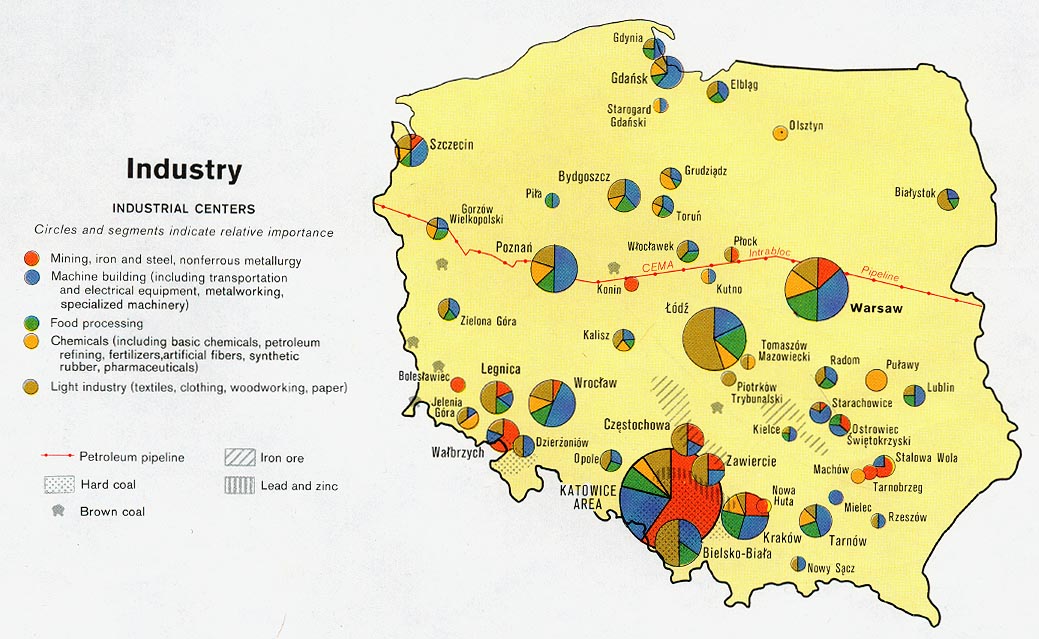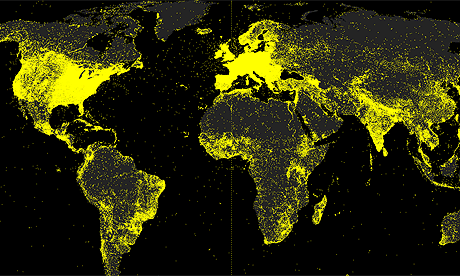Top 5 Student Lab Maps
(In no particular order)
From Danielle: This map is very clean and crisp. The color choices work together well and the shifted symbol box adds a little something to the layout.
From Eric: While it's not the most uplifting topic, it's a well done map. The symbol and font are both appropriate. The simpleness allows readers to focus on the data.
From James: This map definitely conveys that SMERG is BAD! The polluted city background adds a great touch.
From Jared: I like the background and overall theme of the map. The font and color blocking work well together.
From Rebecca: This is a very well done bivariate map. The color ramp is easy to read, but my favorite part is the background.
Top 5 Weekly Blog Maps
(in no particular order)
From Cory: Zoom in, if you can, the map was created using text and creates a casual feel.
From Jennifer: What a beautiful map! The colors are so vibrant-- it reminds of me a Lite Brite.
From Thomas: At first glance, this doesn't even look like a map- it looks more like something organic. The colored contours are quite intense; I like it.
From Nicole: The color of the dots are so vibrant- they work really well against the muted background. The projection helps show the zone of hurricane ranges.
From Jon: This map is quite simply, but the data makes it amusing. The map shows where there are more bars or grocery stores. The yellow/orange is more grocery stores.
.jpg)















